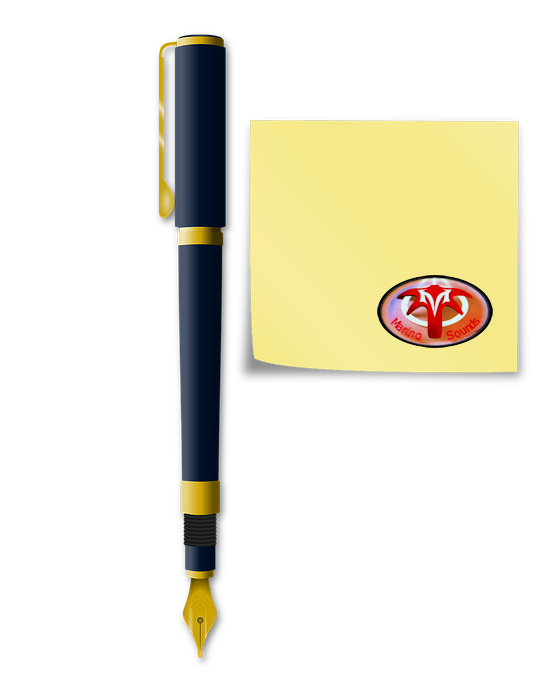The 5-string bass 5 String Bass Guitars - If you have experience playing a 4-string bass guitar, you might enjoy playing a 5string bass. The 5-string variety is becoming increasingly popular, as bass players seek a broader range of sounds without constantly moving up and down the fretboard. The rise of 5string bass guitars began in the late 1980s, coinciding with the emergence… represents an intriguing branch of the electric bass guitar Learning to Enjoy Bass Guitar - Do you enjoy bass guitar? A bass guitar is a four-stringed instrument that typically accompanies a lead guitar. Some bass guitars have additional strings, with 5 or 6 strings in total. Bass guitars produce lower tones, and an electric bass guitar is connected to an amplifier for enhanced sound. When learning to play the bass… category. Can you guess which renowned bass guitar Learn how to Enjoy Bass Guitar With These Opportunities - So you want to learn how to play bass guitar? That's fantastic. The key to learning bass guitar is to make the process as fun and enjoyable as possible. Luckily for you, there are several different methods to consider when learning how to play the bass guitar. You will need to carefully evaluate these approaches… manufacturer initially refrained from incorporating the 5-string into its primary product line, despite introducing the first-ever electric 5-string instrument? Read on to learn more about the 5-string bass.
Origins of 5-String Basses
5-string basses didn’t truly begin to emerge until the late 1970s, when Alembic, Ken Smith, and (by his own admission) Michael Tobias created them. The first genuine production 5-string was the Musicman StingRay 5, which debuted in 1986. Within a few years, 5-string basses appeared in increasingly affordable models from major manufacturers like Ibanez, Peavey, Yamaha, and Washburn. Interestingly, as a certain bass manufacturer avoided offering 5-string versions of its bass guitars until the 1990s, a niche market of lookalikes emerged. Custom bass guitar luthiers gained popularity by meeting the demand for a 5-string bass guitar with classic styling. Companies such as Sadowsky, Lull, Lakland, and eventually Allevo Coppolla filled this gap.
Manufacturers like Spector, Warwick, F Bass, MTD, Ken Smith, Zon, Fodera, Pedulla, and ESP offered 5-string basses with their own unique designs. One particularly notable design is the fanned fret system used on Dingwall basses, which significantly extends the scale length of the low B string.
Creating the perfect 5-string electric bass Bass Guitar for novices - The bass bears a resemblance to an electric guitar, but it features a longer neck and scale length, with four, five, or six strings. Most well-known and successful bands incorporate a bass in their ensemble. This instrument frequently serves as the backbone of the music by delivering low-end notes and the rhythmic pulse that propels… required specific considerations. With an uneven number of strings, the neck had to be constructed for enhanced stability. Determining the ideal string spacing, neck width, neck radius, electronics, and scale length took years and numerous attempts. Early five-string bass designs often had necks that were too wide or attempted to fit five bass strings into the same size neck as a four-string bass, neither of which were ideal for most players. The adoption of 35″ scale basses gradually became more common as a way to ‘tighten up’ or add clarity to the low B string.
While the 5-string bass gained mainstream acceptance in the 1990s with players like Tom Hamilton of Aerosmith, Jason Newsted of Metallica, David Ellefson of Megadeth, and Billy Gould of Faith No More, other renowned bassists chose to stick with the 4-string bass. Bassists such as Geddy Lee, Flea, Marcus Miller, Billy Sheehan, and Victor Wooten continue to perform the majority of their recorded or live shows exclusively with 4-string basses.
A recent trend toward detuned 4-string basses with a 35-inch scale that share the same low notes as a low B equipped 5-string emerged in the early to mid-2000s. While the 5-string bass seems to be here to stay, it has yet to fully replace the 4-string bass in the same way the electric bass essentially supplanted the acoustic bass in the 1960s.
5-String Electric Bass Tunings
The most common tunings for the 5-string bass are either E-A-D-G-C (high C) or B-E-A-D-G (low B), with the latter tuning being the most popular. Low B tuned five strings are prevalent in Gospel, Hard Rock, and Metal music genres, while the high C tuned 5-string bass is more common in Jazz, Fusion, or bass solo recordings.
The Perfect Low B
With the low B string, 5-string electric bass players have struggled to find the right balance of punch and presence to give definition to the lower frequencies without it sounding like ‘mud’. The pursuit of the ‘perfect low B’ in terms of sound and feel is an ongoing quest for many players, often justifying the expense of commissioning a custom-made bass guitar from a luthier.
I hope you enjoyed this glimpse into what the 5-string bass guitar is all about. As for my question at the beginning of the post – Did you guess that the company was Fender? That’s right, Fender introduced the “Fender V” in 1964 in limited quantities. It seems that this instrument did not feature a low B string, and John Paul Jones was known to have played one for a period of time in Led Zeppelin.
Manuel Marino is a seasoned Senior Producer, Music Composer, and Artist with over a decade of experience. He specializes in branded entertainment across various mediums, including video games, films, and advertising campaigns. With 20+ years as a game music composer, Manuel has worked on numerous platforms, creating diverse orchestral soundtracks. HIRE ME


 Manuel is a passionate, driven, and techsavvy AV technician,
Manuel is a passionate, driven, and techsavvy AV technician, 







